Spoon-feeding heritage: Threading Pukhtun culture into K-P, FATA curricula
Local UNESCO organisation THAAP presents four-point learning plan for students, teachers.

According to Vandal, students between the ages of 6 and 15 will be the main target audience in a bid to help inculcate a Pukhtun identity.
“Unless heritage and culture are kept in continuous practice, they die and are lost,” UNESCO’s Trust for History Arts and Architecture (THAAP) executive director said at training held at the Area Study Centre in the University of Peshawar on Saturday.
THAAP presented recommendations on how to better integrate Pukhtun history and heritage in school learning, suggesting a two-pronged approach which targets both students and teachers. The training was conducted for teachers from Khyber-Pakhtunkhwa and the Federally Administered Tribal Areas (Fata).
“We have to own our intangible heritage and culture if we want to succeed,” Sajida Haider Vandal said speaking to The Express Tribune. Vandal, a former principal of the National College of Arts, Lahore, is now the executive director of THAAP which works to promote peace and social cohesion though heritage education.
The initiative is meant to make students aware of what they have inherited from their area and the traditions of their people. A sense of ownership towards their culture and knowledge about diversity present in the region are expected to foster respect and tolerance in coming generations.
“We have to help integrate cultural heritage into education and learning in schools if we want to survive,” said Vandal.
A page from your own book
Students will be introduced to four different areas of Pukhtun tradition – social practices, folklore, handicrafts and traditional games.
According to Vandal, students between the ages of 6 and 15 will be the main target audience in a bid to help inculcate a Pukhtun identity.
At the training, teachers were directed to use and give examples from their own heritage while teaching various subjects, including mathematics, Pakistan studies, English, science and arts.
Books written by western writers do not always highlight the true image of Pukhtuns, argued Director Area Study Centre Dr Sarfaraz Khan. To remedy this, “we need to prepare books for our students which highlight our values.”
Dr Salma Shaheen, Dr Rajwali Shah Khattak and Rokhan Yousafzai were also invited to discuss the recommendations. They shared folklore, local games and literature with the schools teachers.
Local learning
Rokhan Yousafzai told participants stories about figures such as Yousaf Khan and Sherbano, Dalay and Shahai, and Adam Khan and Durhanai.
According to THAAP’s plan, students will also be taught about Pakistan’s six world heritage sites in the light of “identity, development and economics.” Not to preclude music, instrument making would also be incorporated in the curricula, focusing on the rabab, tabla, harmonium and mangay.
Pukhtun practices such as jirga, nanawati (asylum), badal (justice) and melmastia (hospitality) will be included in the different types of oral and written learning material.
None of this would be easy to implement, worried the teachers present.
FATA Secretariat Deputy Director Education Hasham Khan Afridi also attended the workshop. He promised participants the department would try to implement all recommendations in the Fata education system.
Published in The Express Tribune, October 28th, 2013.



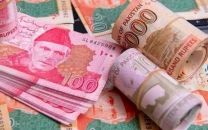
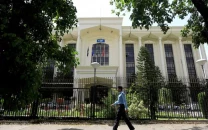
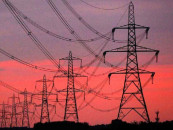
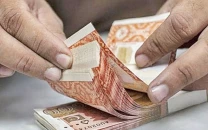


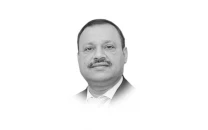



COMMENTS
Comments are moderated and generally will be posted if they are on-topic and not abusive.
For more information, please see our Comments FAQ